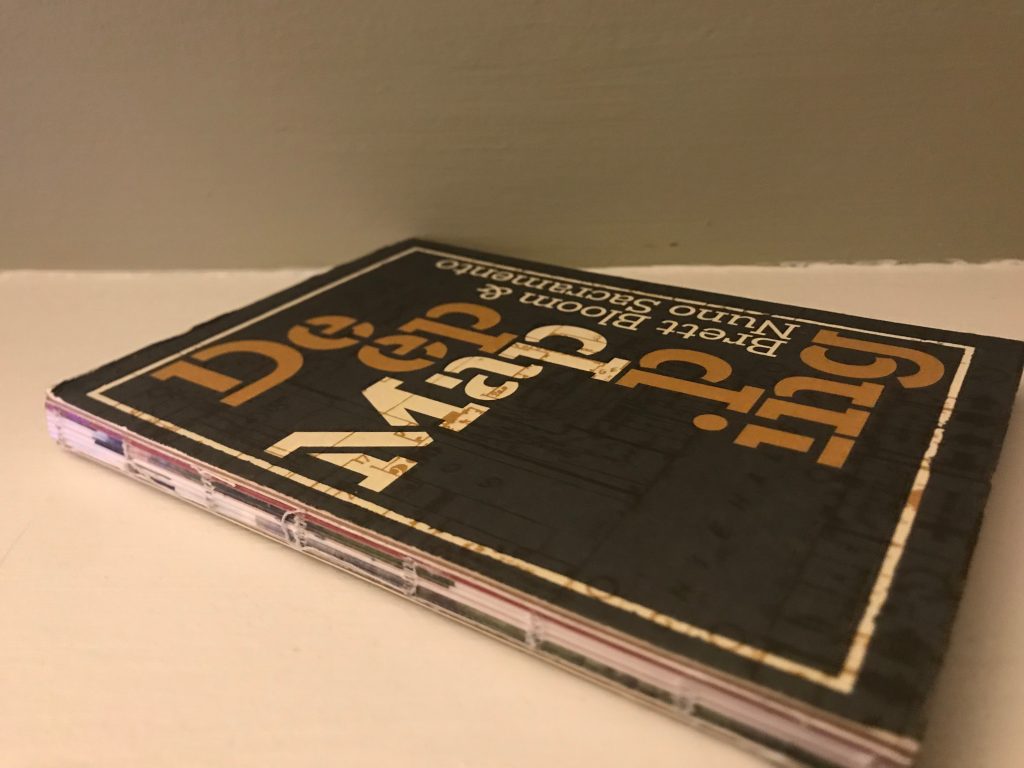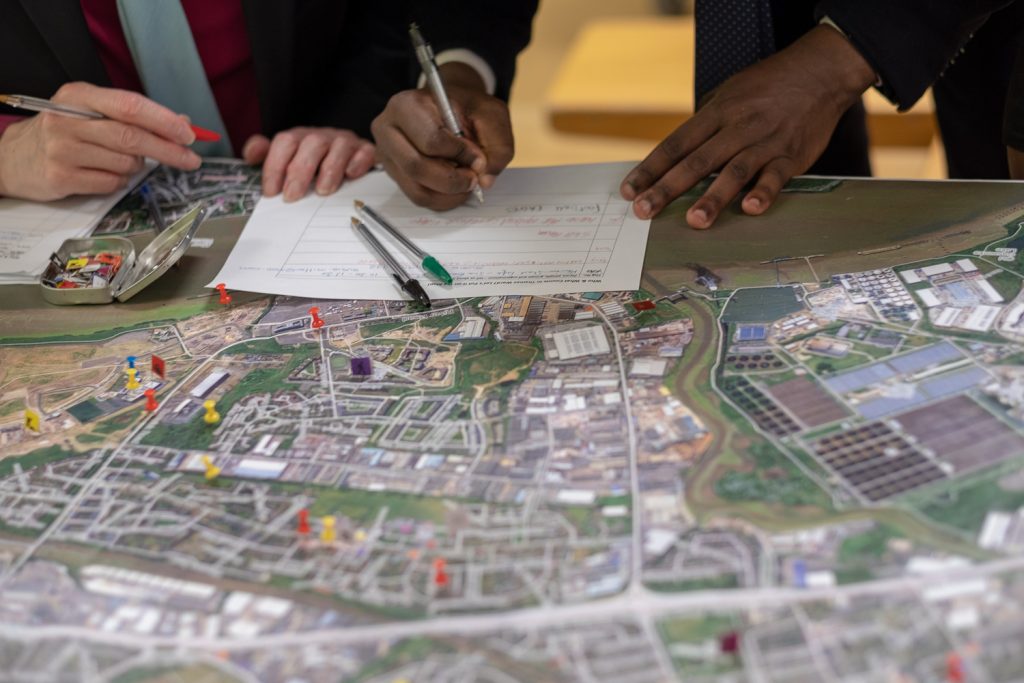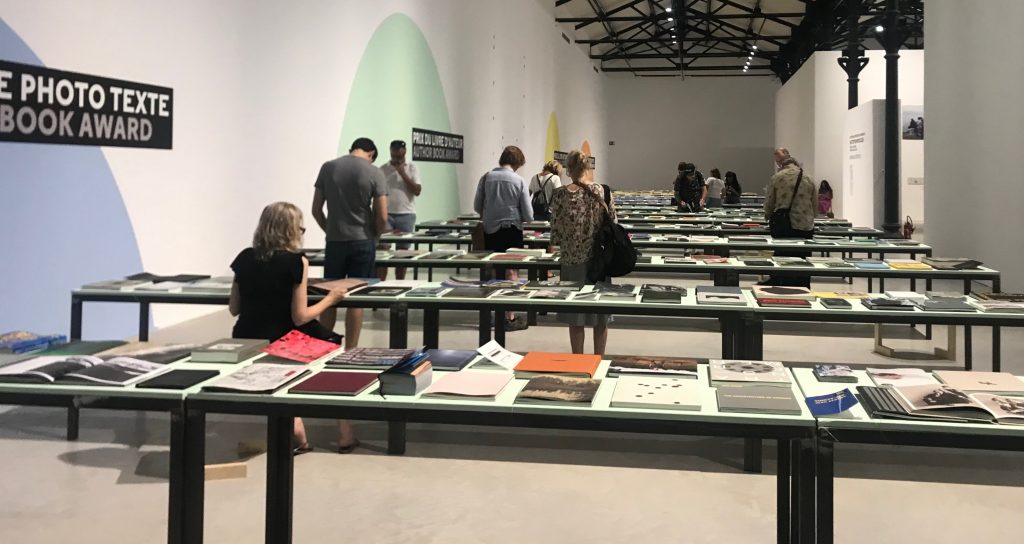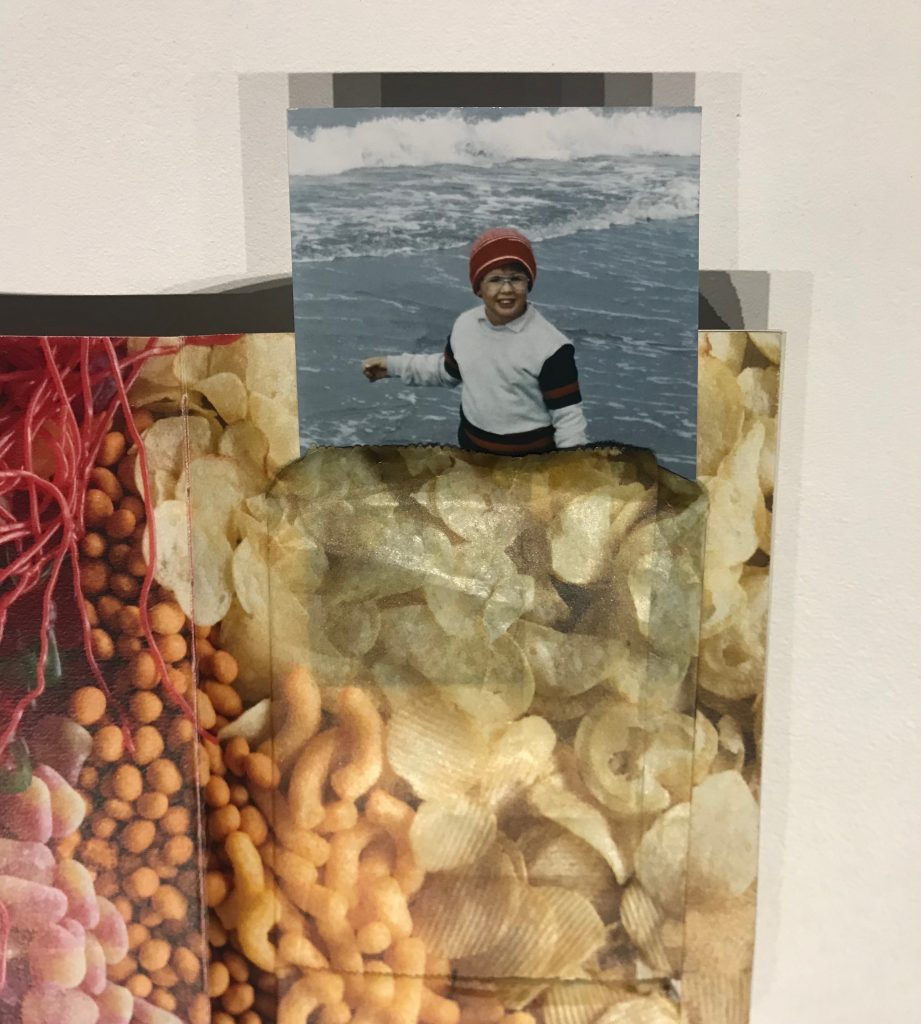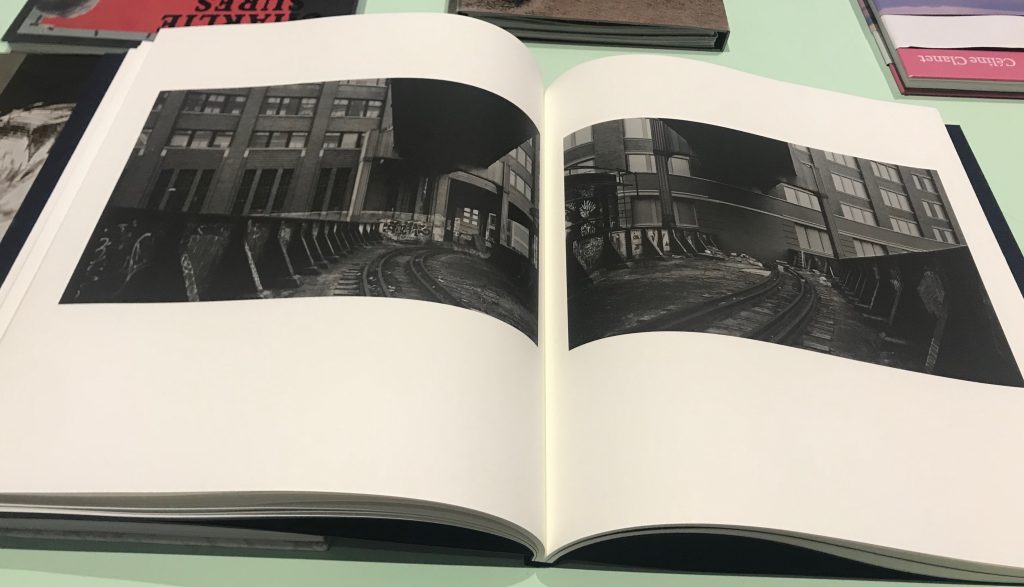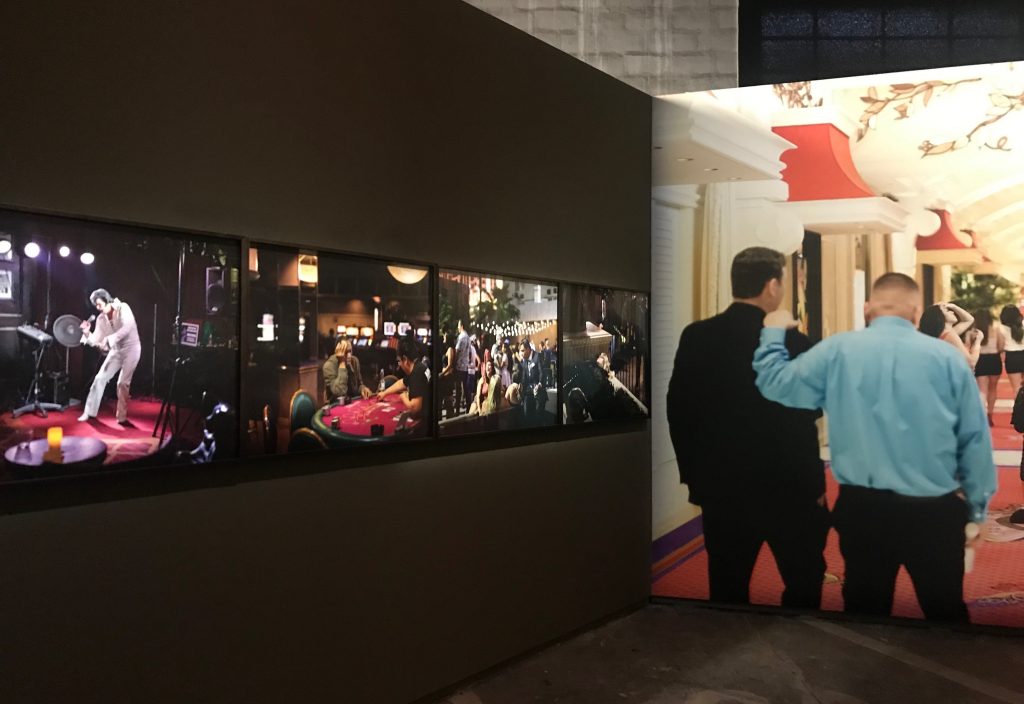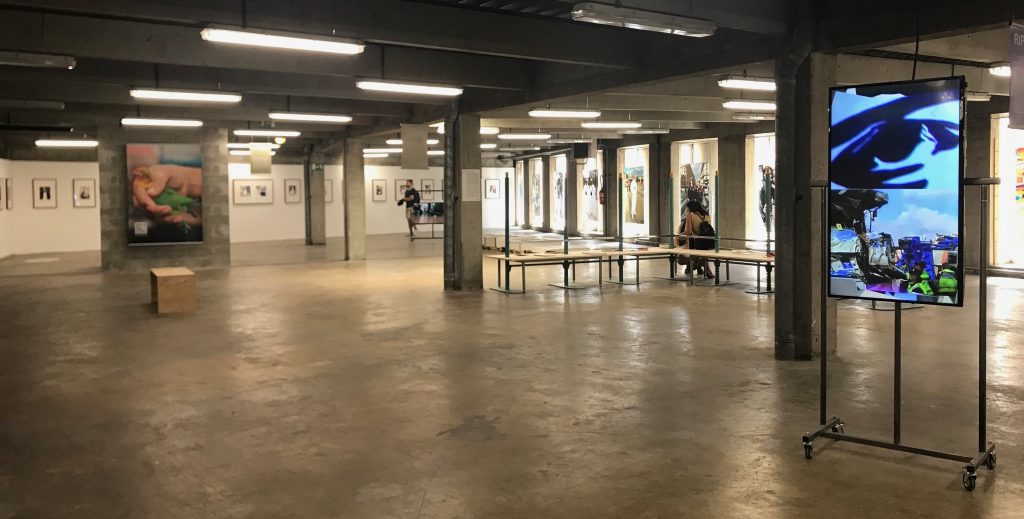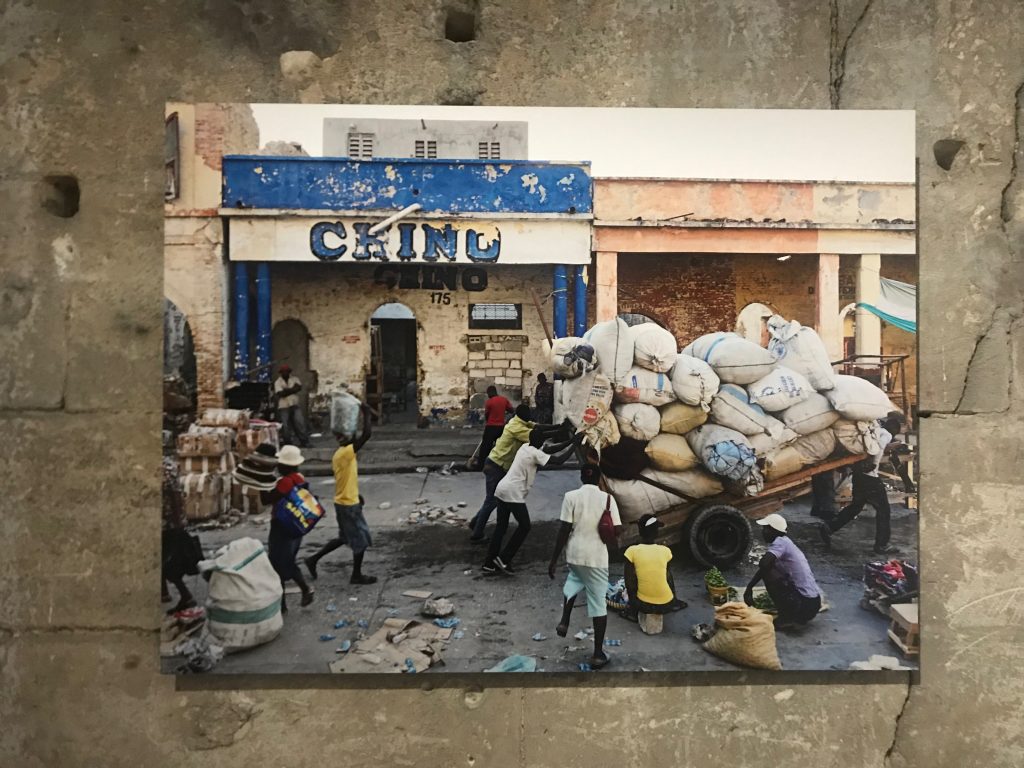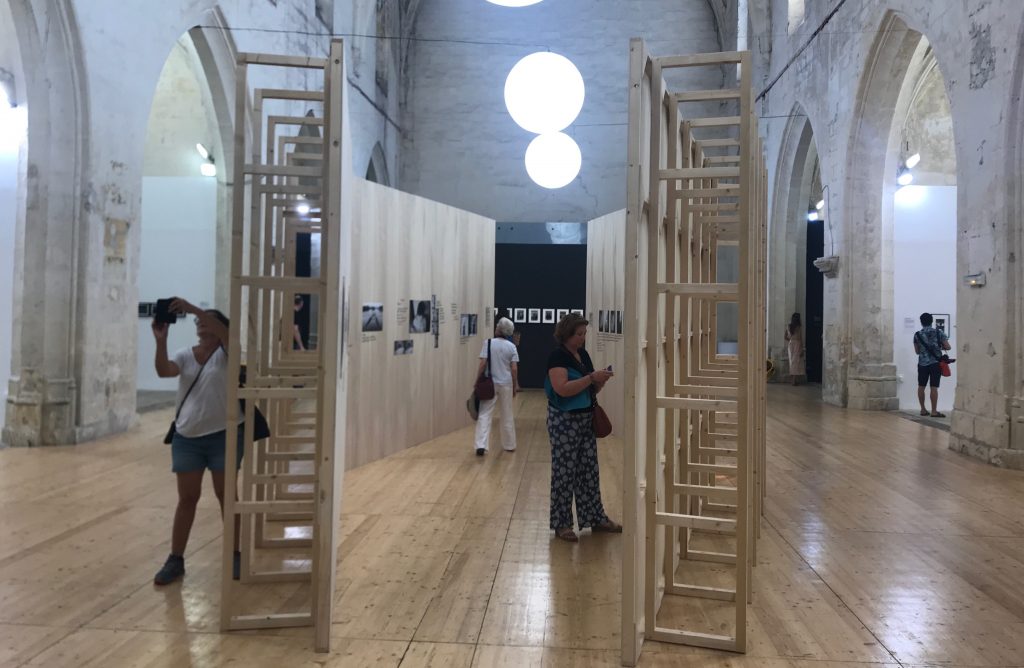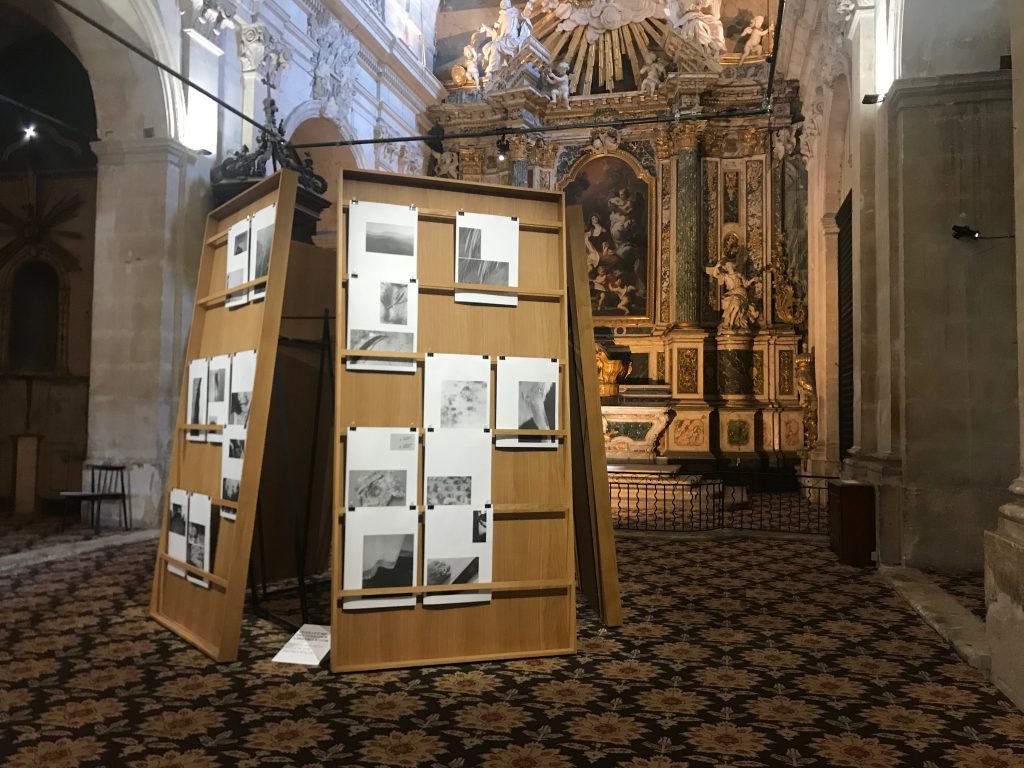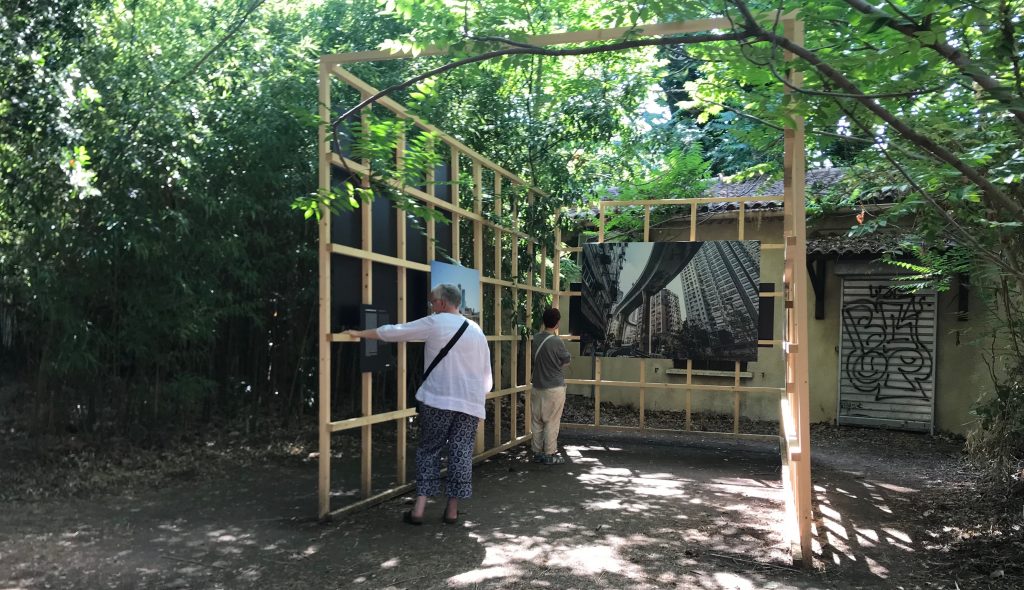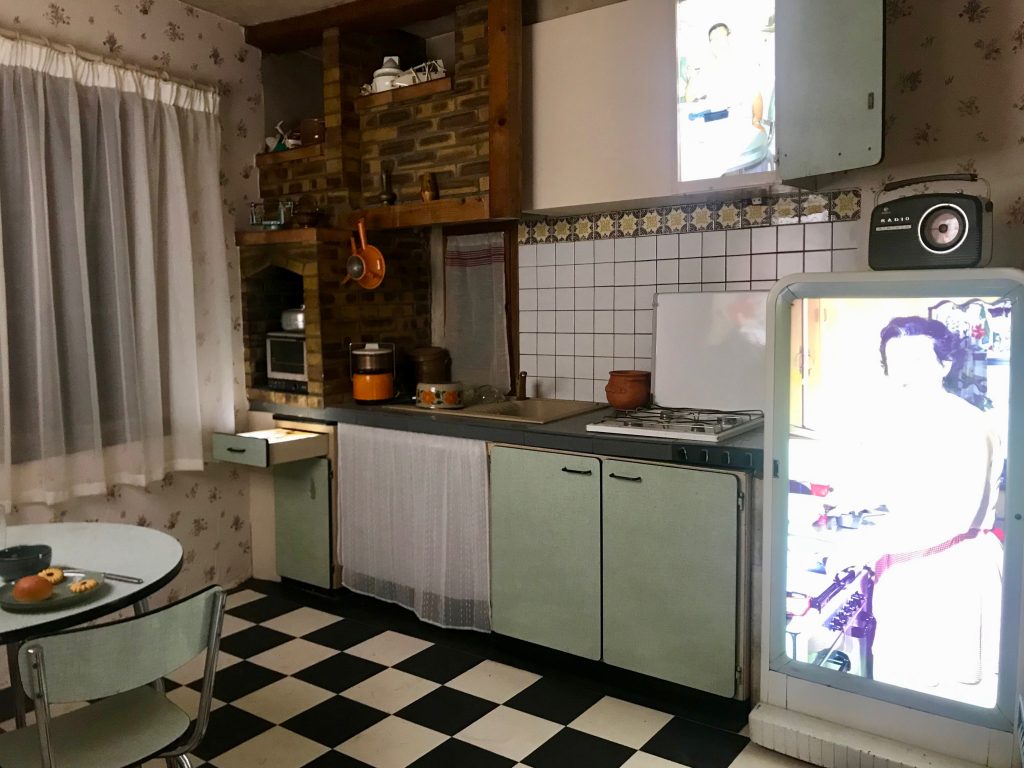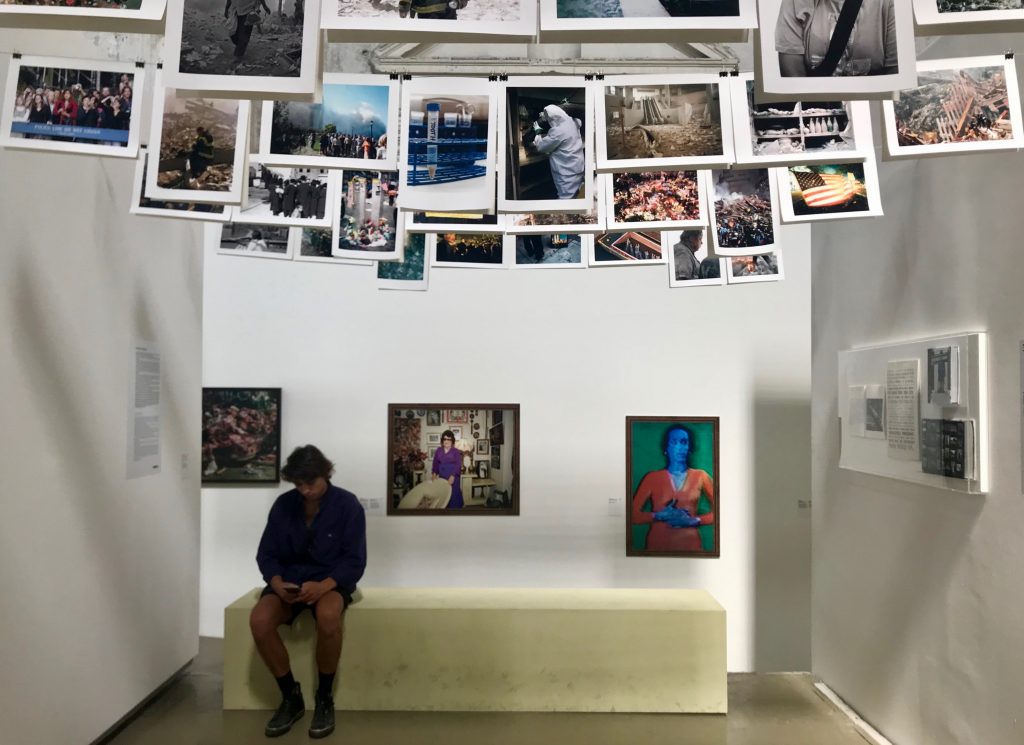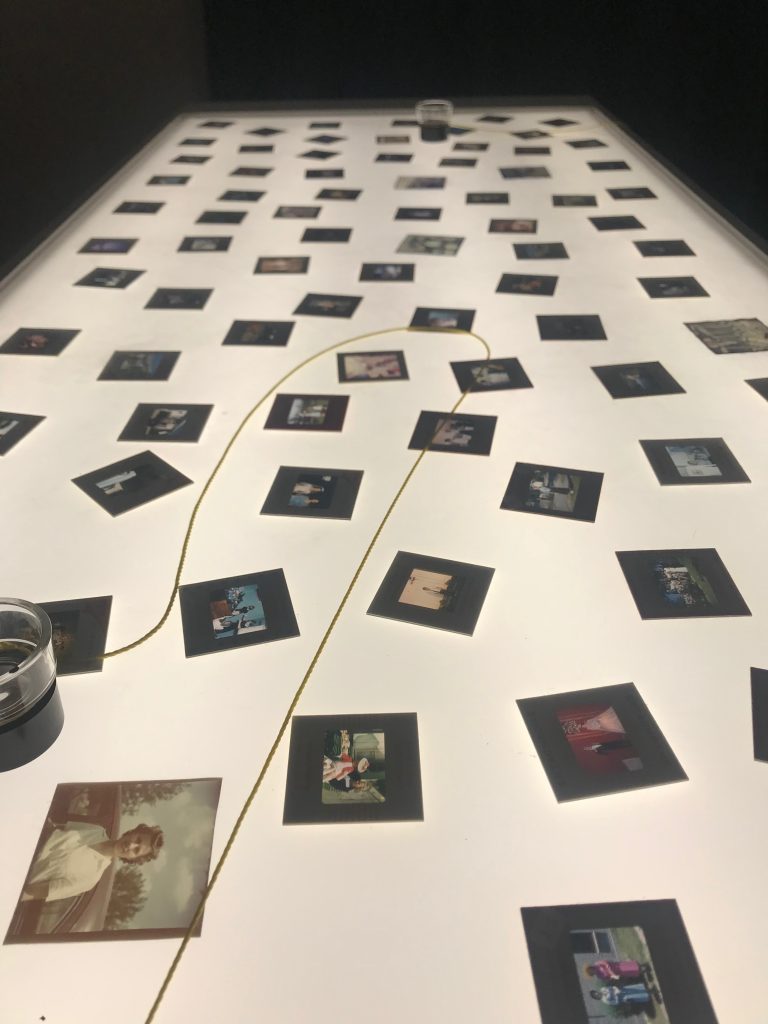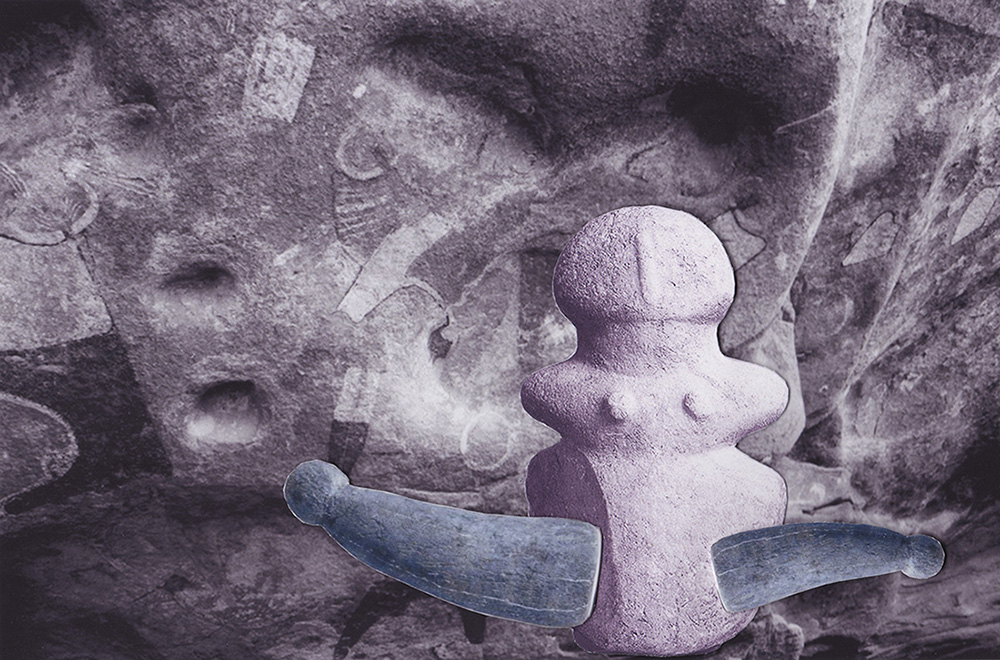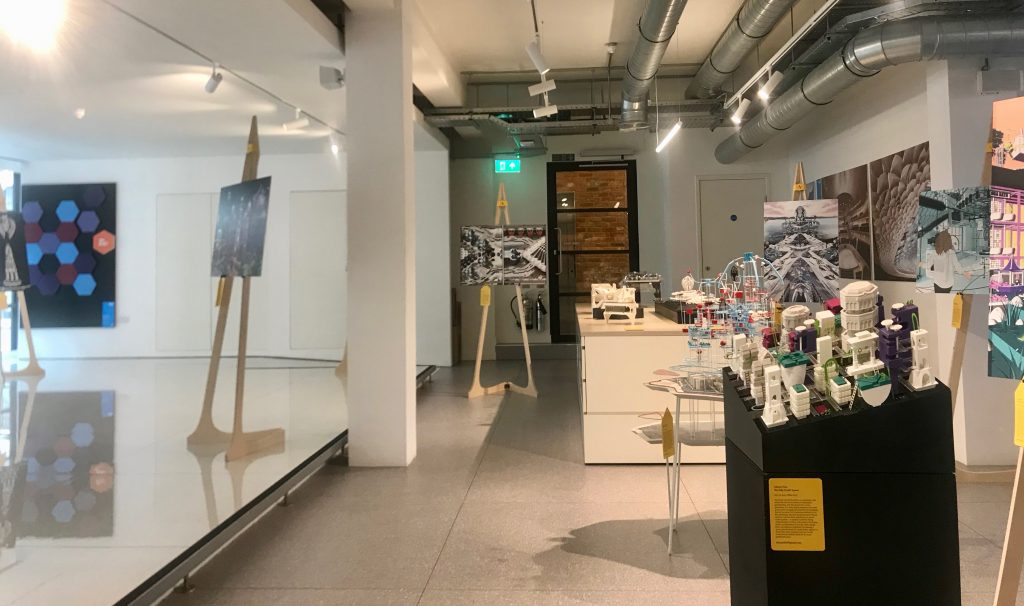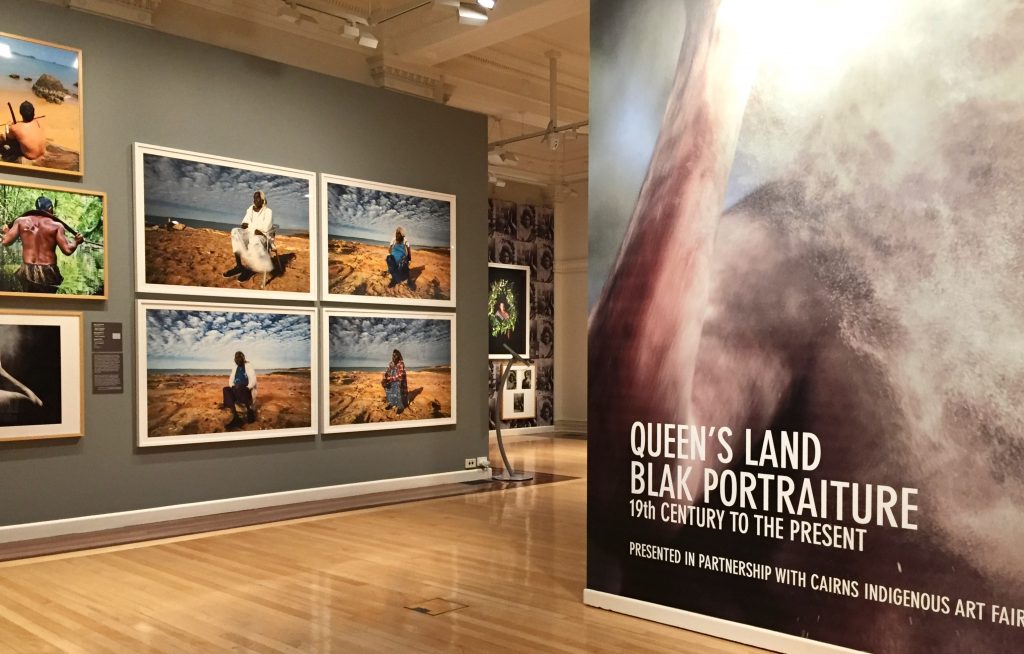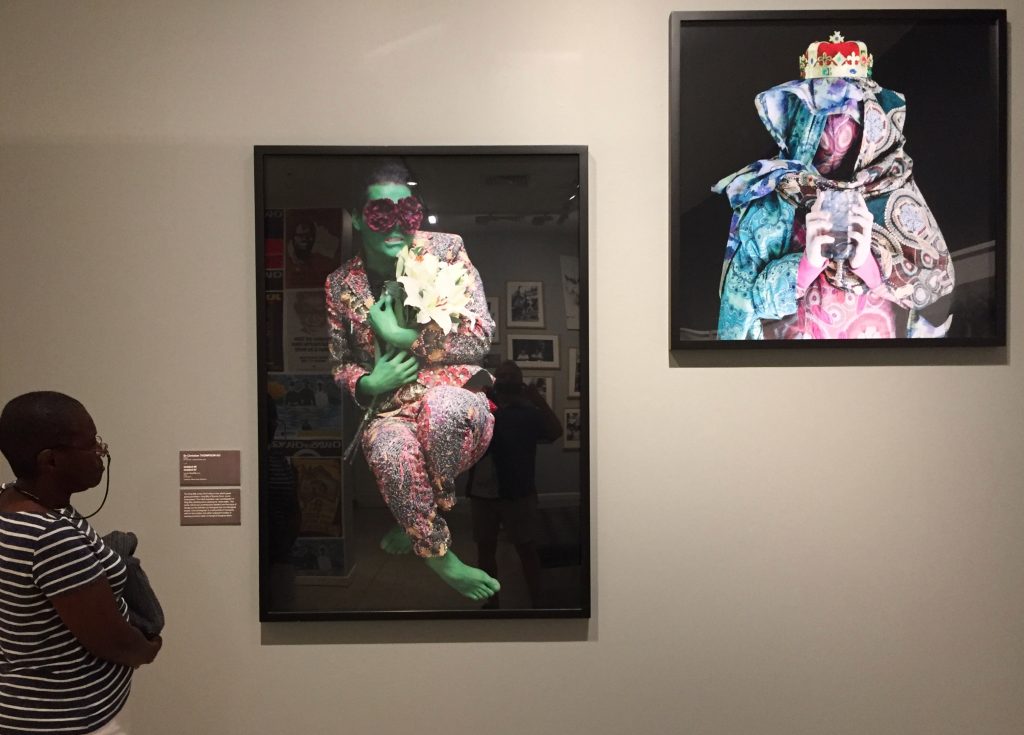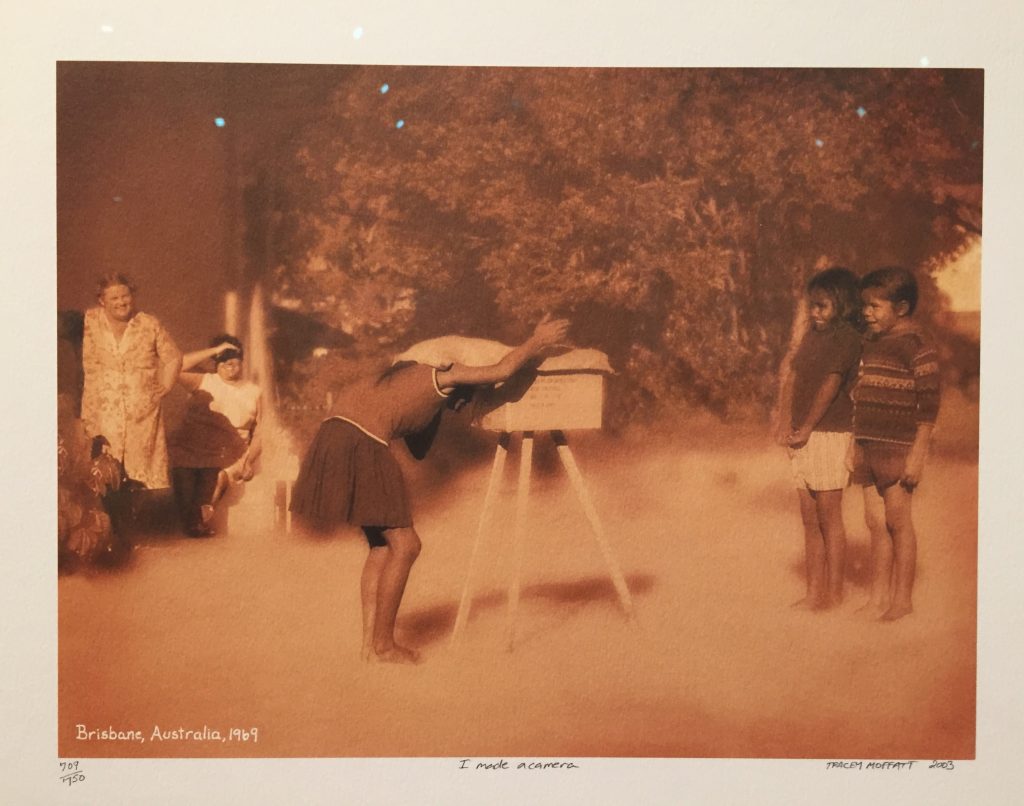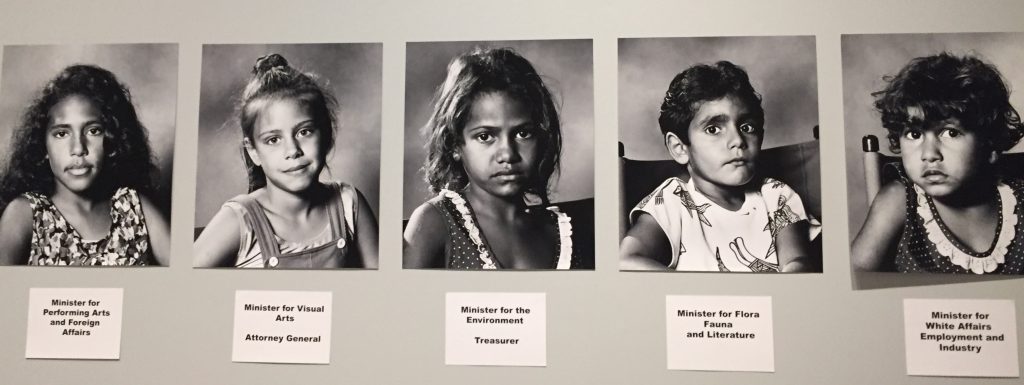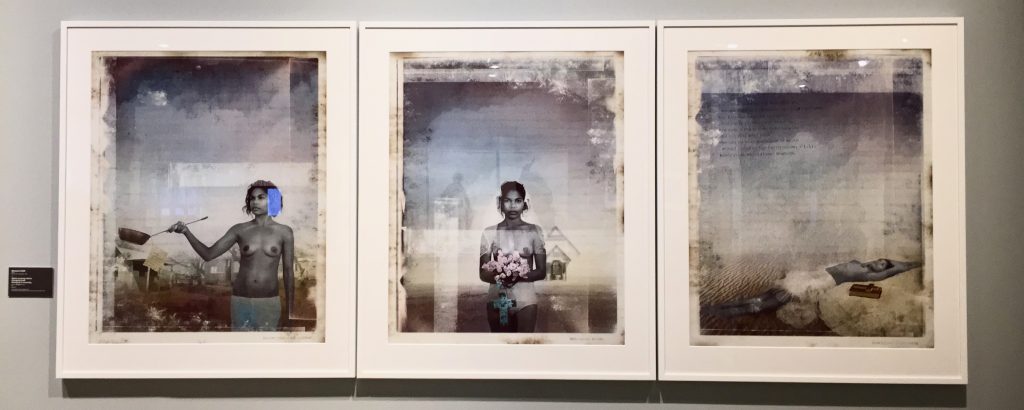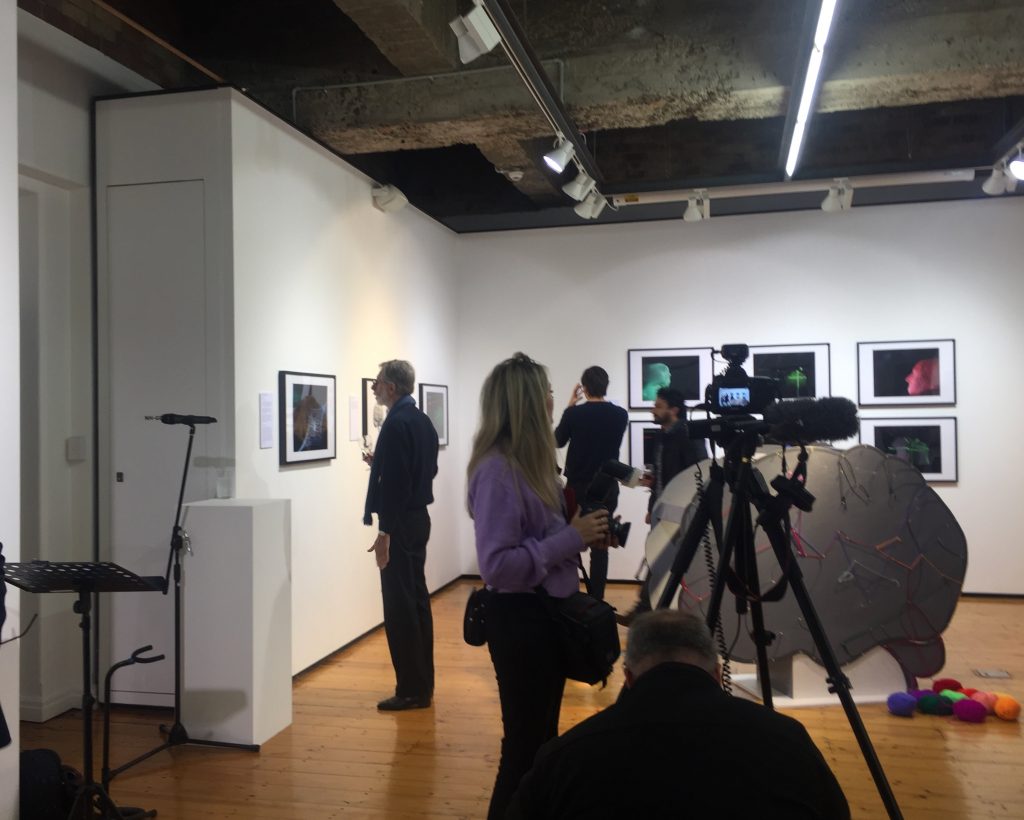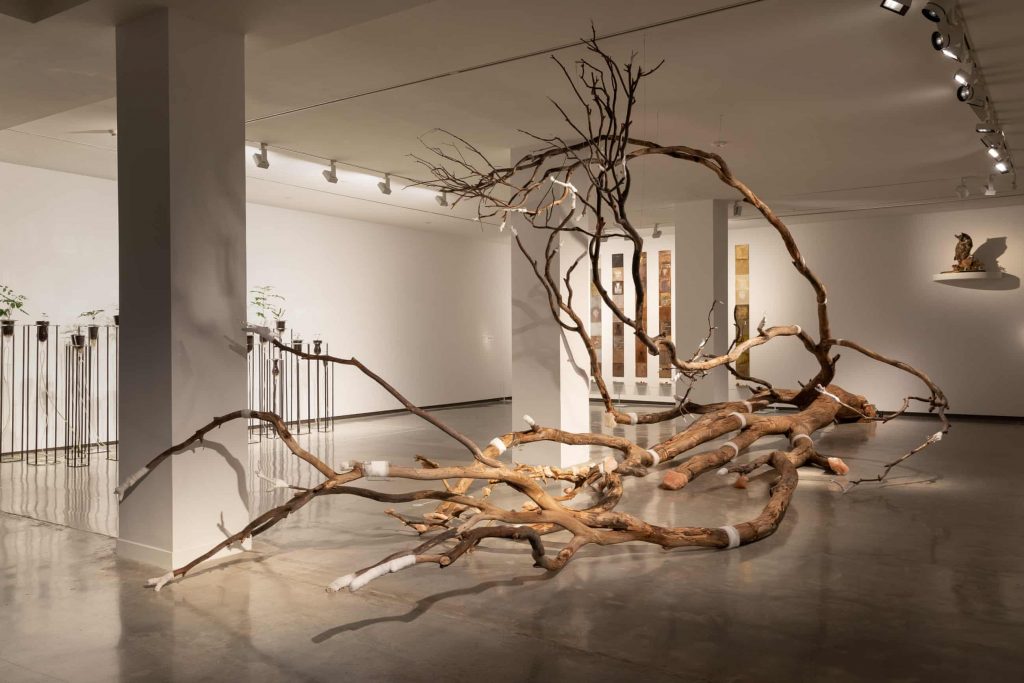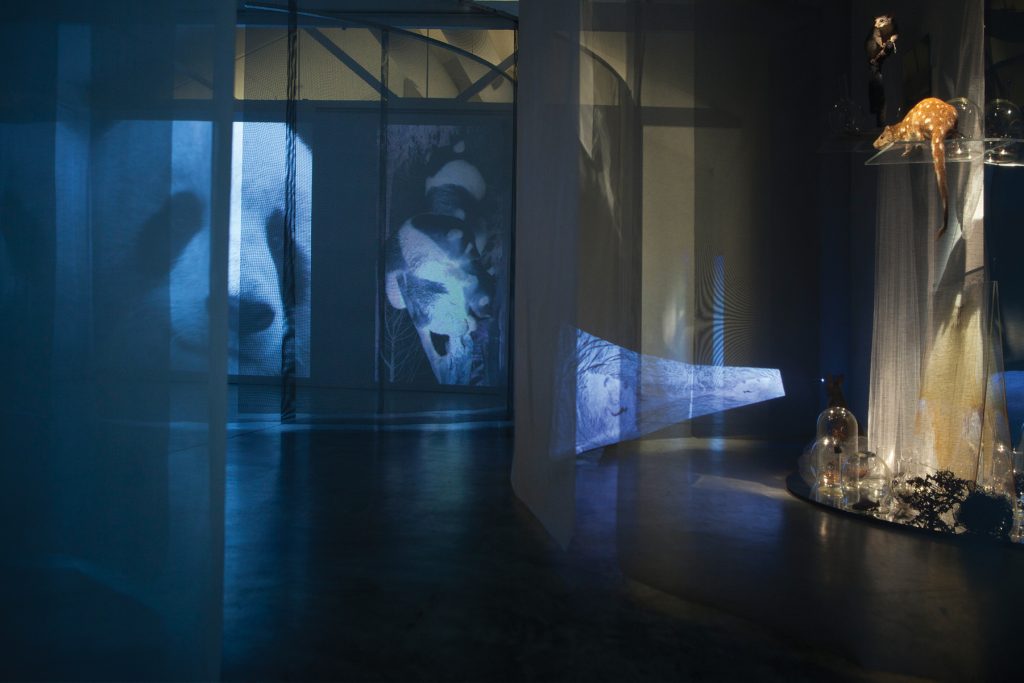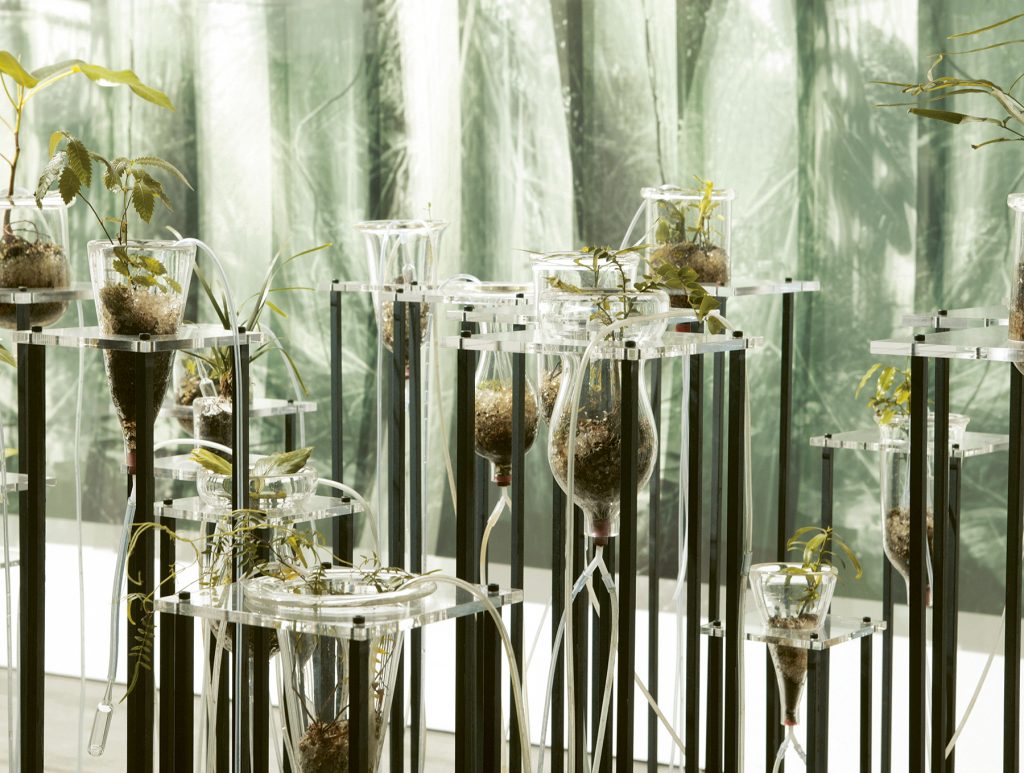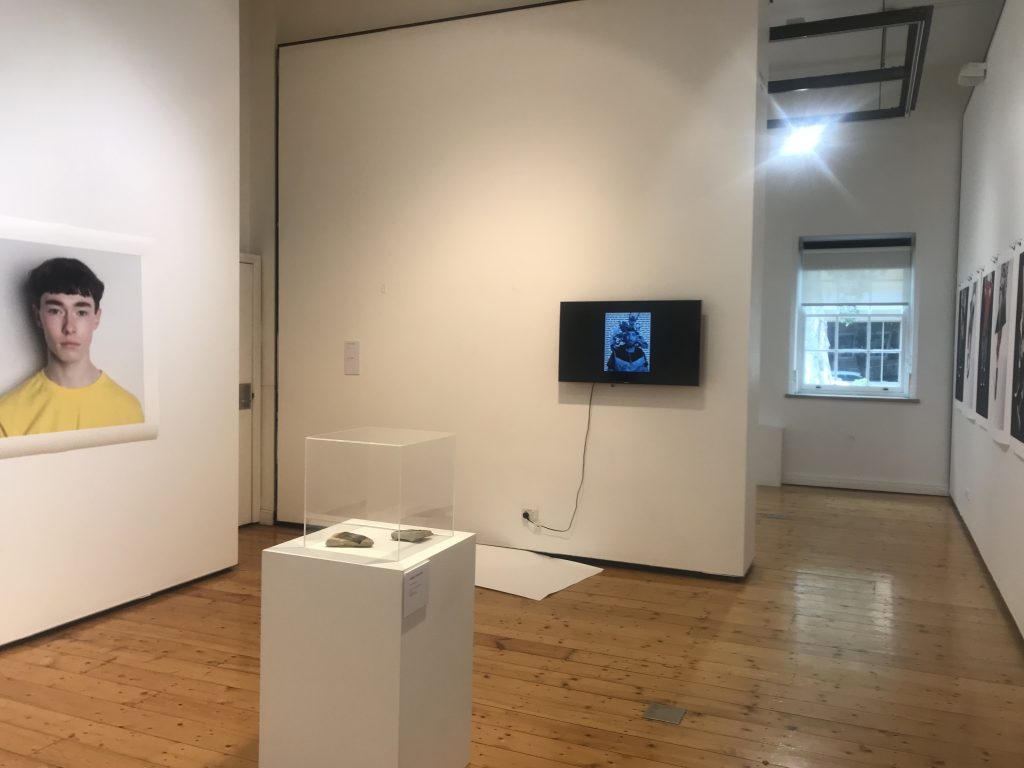One major consequence of thinking critically about both methodology and modes of presentation (and the relationship between these) has been to consider the relationship between analogue and digital forms in my practice. In making my composite images (see, for instance, the Neuropolis series) I have worked entirely with digital images. Alongside this I have been making large and medium format film images and experimenting with the use of these in producing large composite images, using the following process (which can also be integrated with collaborative workshop activities).
- Initial research and exploration of the area using archival, resident and made digital images.
- Identification of scenes to be rephotographed in large format film.
- Scanning of negatives and the production of composites digitally.
- Production of prints and use in projection and on screen in local pop-up exhibitions alongside other images and artefacts.
As well as the technical benefits of this process, in enabling very large prints to be produced, this approach has the potential to be collaborative (for instance, in the initial production of images and making decisions about rephotographing and combining images). It also mirrors the process of decision making in urban regeneration, which is increasingly data driven. The lived experience and characteristics of residents are quantified and decisions are made on the basis of the analysis of this data (see, for instance, how demographic data, and projections, are used in applications for compulsory purchase orders, which lay the basis for large scale redevelopment of housing estates). The consequences of these decisions are subsequently felt directly and viscerally by residents, translating this back again into ‘analogue’ form. The photographic process I am exploring here mirrors this process of ‘datafication’: analogue forms are quantified (scanned) and manipulated digitally, and then translated back into analogue (as physical artefact) form, and placed back into everyday activity and experience.
I am identifying this shuffling between analogue and digital as ‘post-digital’ practice in the sense that the term is used by Alessandro Ludovico (2012) in relation to print. Ludovico argues that, despite declarations of the immanent death of print in the face of digital forms of production and distribution, print has come to thrive in particular domains (there is, for instance, an interesting case to be made for paper based archives, especially among mobile migrant and displaced communities, in the light of the instability of digital systems and dominance by corporations and the state). In a post-digital practice, analogue and digital forms exist alongside each other in synergy and critical dialogue. This goes beyond a nostalgic yearning for lost or increasingly marginal forms of practice, to looking at the ways in which the dynamics of digital production and distribution create (deliberatively, incidentally or serendipitously) spaces for analogue practice (and vice versa). As Cubitt et al (2015) argue, the technologies and political, economic and socio-cultural practices that fed into and influenced the development of and transition to digital photography, from analogue forms, have shaped digital practice in such a way that qualities that are available in analogue photography are not available to those working digitally. In developing a form of post-digital photographic practice, I am working with the affordances of different forms of production and distribution in a way that acknowledges the wider political, economic, social and cultural contexts and connotations of these forms, and the transformations that take place, beyond the solely technical, as we move between the analogue and the digital. This requires a broader and more nuanced conception of both analogue and digital domains. For instance, Robinson (2006) has observed that analogue:
‘has come to mean smoothly varying, of a piece with the apparent seamless and inviolable veracity of space and time; like space and time admitting infinite subdivision, and by association with them connoting something authentic and natural, against the artificial, arbitrarily truncated precision of the digital’ (p.21).
In relating post-digital photographic practice to (data-driven) urban regeneration, I wish to highlight the losses and gains in moving between the qualitative/analogue and the quantitative/digital (and the connotations of these moves), and the heuristic potential of image making and engagement in illuminating, understanding and influencing the transformations that take place. This brief post is just intended to indicate a direction for further investigation, theoretically, methodologically and practically, in my FMP.
There is also some technical experimentation to be done, particularly in the production of composites from film negatives, and in chemical printing from digital negatives, to increase the number of points at which moves between analogue and digital can be made.
References
Cubitt, S., Palmer, D. and Walkling, L. (2015) ‘Enumerating photography from spot meter to CCD’, Theory, Culture & Society, 32(7–8): 245–265.
Ludovico, A. 2012. Post-Digital Print: The Mutation of Publishing since 1894. Eindhoven: Onomatopee.
Robinson, D. 2006. Analog. In Fuller, M. (ed.), Software Studies: A Lexicon. Cambridge, Mass: Leonardo Books. 21-30.

